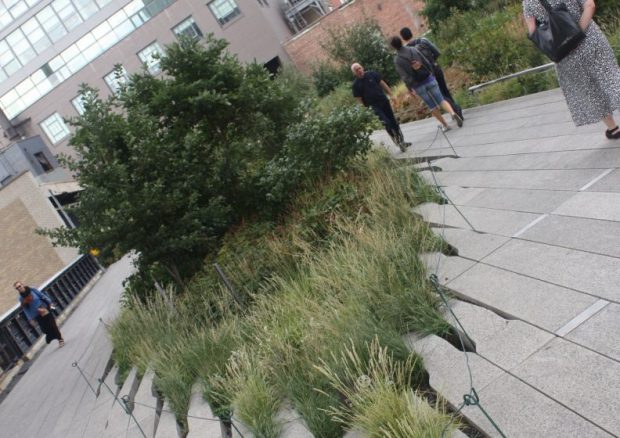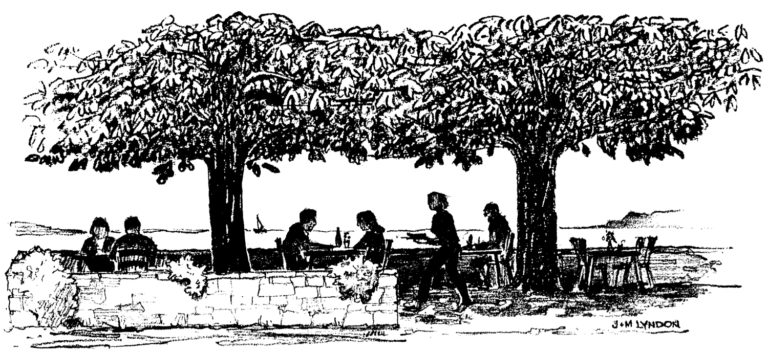Table of Contents
ToggleExploring the Modern Urban Tapestry: A New Book from The Urban Age Project
In the wake of the groundbreaking “Endless City,” The Urban Age Project, in collaboration with the visionaries from the London School of Economics, is set to release a new masterpiece that delves into the core of urban life. Titled “Living in the Endless City,” this compelling work is poised to redefine our understanding of cities in the 21st century.
Architectural Insight by Richard Rogers
Renowned architect Richard Rogers applauds the editors, Ricky Burdett and Deyan Sudjic, for their pioneering studies of global cities like Istanbul, Mumbai, and Sao Paulo. “Living in the Endless City” is hailed as a brilliant analysis, shedding light on the social and political challenges of our time and emphasizing the pivotal role of design in enhancing the livability of cities.
Decoding the Urban Landscape
“Living in the Endless City” is not just a book; it’s an investigation that combines eloquent writing, striking photographs, and incisive research. Led by Ricky Burdett and Deyan Sudjic, this exploration delves into both the physical and social dimensions of the modern urban condition. With a focus on mega-cities like Mumbai, Sao Paulo, and Istanbul, the book tackles vital themes such as security, climate change, density, and globalization.
Global Perspectives on Urban Development
This comprehensive work emerges from conferences organized by the Urban Age Project, where influential figures in urban development converge. Mayors, planners, architects, scientists, and community groups collaborate to analyze the evolving landscapes of cities in the 21st century. The book presents a wealth of research and analysis, offering a nuanced view of the challenges faced by cities worldwide.
The Crucial Role of Cities in Our Future
As we witness a global shift with 50% of the world’s population residing in cities (projected to rise to 75% by 2050), the significance of cities and their design becomes paramount. “Living in the Endless City” confronts pertinent questions about urban growth, the relationship between form and life, and the role of Western city models in the face of globalization.
The Rise of Slums and the Urban Challenge
A startling revelation is that 33% of city dwellers currently live in slums, a number expected to rise to 50% by 2050. The Urban Age Project’s investigations underscore the spatial fragmentation, social divisiveness, and environmental challenges faced by cities. The narratives, however, also highlight the unique position cities hold to channel their potential for greater social and environmental equity.
Contents: A Multifaceted Exploration
The book is structured into three sections: ‘Cities’ provides visual essays and analytical texts mirroring Urban Age conferences; ‘Data’ offers vital statistics for all nine Urban Age cities with critical narratives; ‘Reflections’ gathers thoughts from scholars and practitioners, providing diverse perspectives on the 21st-century city.
Urban Age Project: Shaping the Future of Cities
Organized by the London School of Economics and Political Science in collaboration with Deutsche Bank’s Alfred Herrhausen Society, the Urban Age Project is a global investigation into the future of cities. With a focus on nine cities worldwide, the project aims to raise awareness of the intricate links between physical form and social characteristics.
London School of Economics and Political Science: Pioneering Urban Understanding
LSE, as an international center of excellence, is committed to innovative urban understanding. Supported by Deutsche Bank, LSE Cities engages in research, education, outreach, and advisory activities, exploring the profound consequences of the built environment on society in an increasingly urbanized world.
Deutsche Bank’s Alfred Herrhausen Society: Charting Future Trajectories
A center of independent thinking, the Alfred Herrhausen Society identifies future trends, raises public awareness, and initiates debates on societal directions. With a belief in cross-border dialogue, the society analyzes critical issues and seeks solutions for the complex problems confronting contemporary society.
In essence, “Living in the Endless City” promises to be more than a book; it’s a compass guiding us through the intricate paths of urban evolution, urging us to rethink, reimagine, and rebuild our cities for a sustainable and equitable future.





